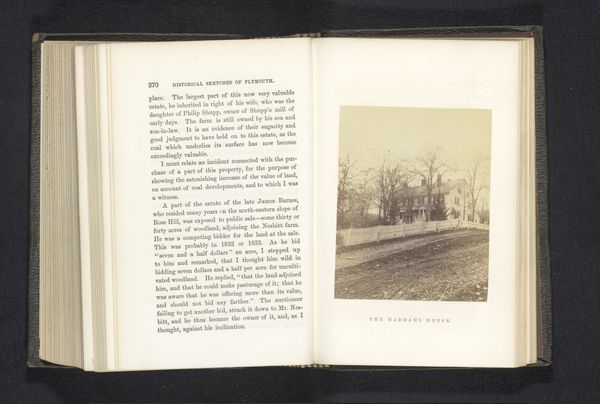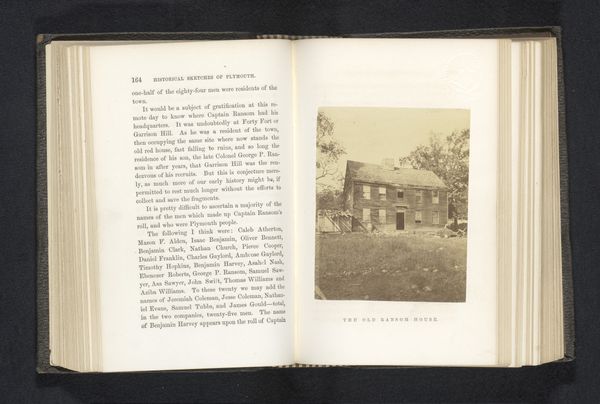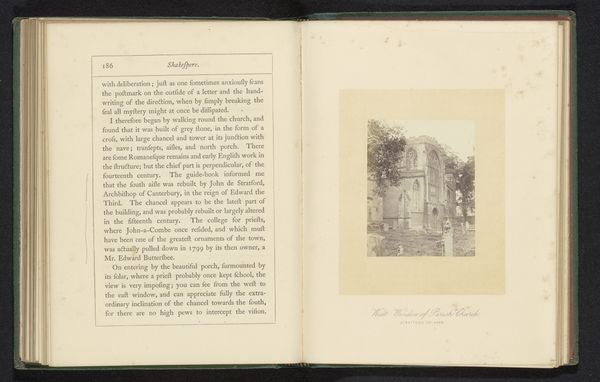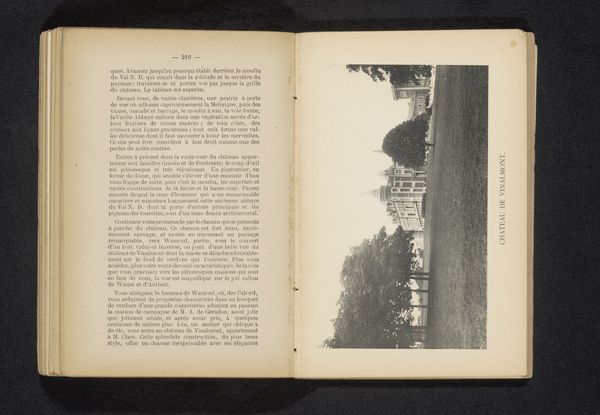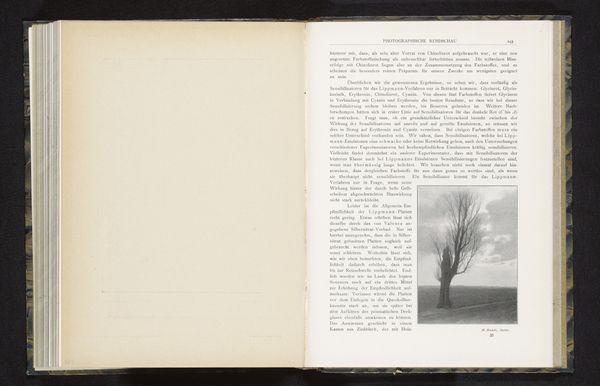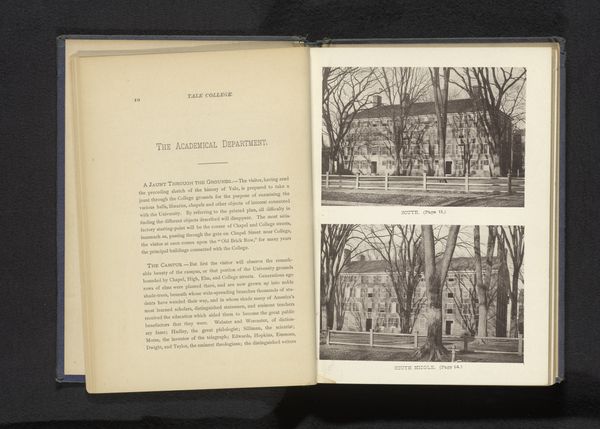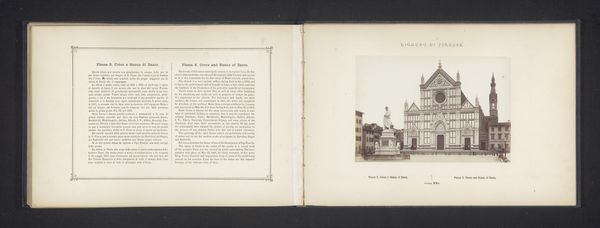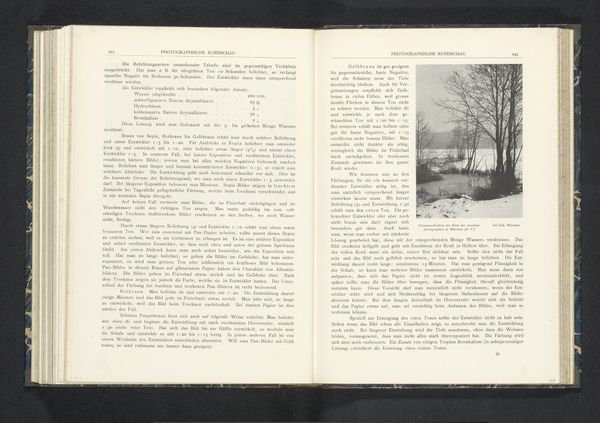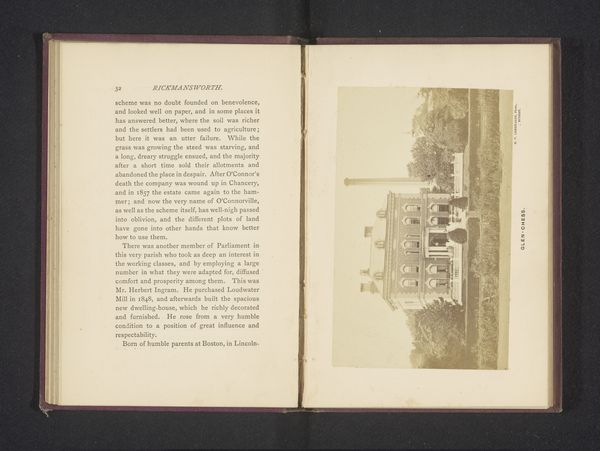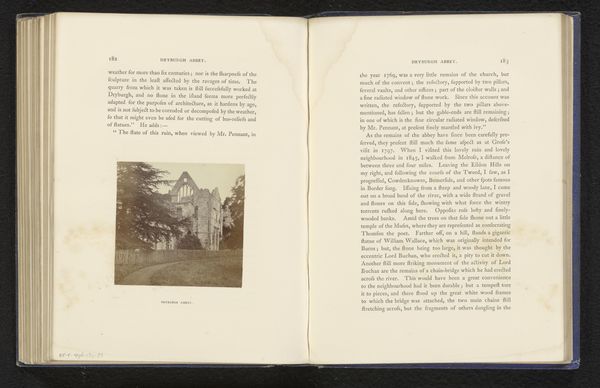
photography, albumen-print
#
landscape
#
photography
#
albumen-print
#
building
Dimensions: height 110 mm, width 87 mm
Copyright: Rijks Museum: Open Domain
Curator: Looking at this image, what strikes me most is the somewhat austere quality, the unadorned presentation. Editor: Absolutely. I see an old photograph—it's called "Gezicht op het huis van Henderson Gaylord"—"View of the House of Henderson Gaylord," rendered before 1873 by William H. Schurch, presented as an albumen print, so immediately I consider its place in the history of photography as a mode of capturing the physical reality of its time. But it is also a construction of the ideal home. Curator: That makes sense. And beyond just recording, consider the social narratives embedded here. The Gaylord family's house becomes more than just bricks and mortar. It symbolizes aspiration, societal belonging. The starkness speaks to the limited palette for some populations. There were restrictions, of course, to who could occupy homes such as these, and whose stories would become canon. Editor: Definitely. We have to unpack the means of production. Albumen prints required considerable labor, particularly the preparation of the albumen itself—derived from egg whites. Sourcing, preparing, printing: It was all very labor-intensive work that speaks volumes about 19th-century industrial capabilities and, even more interesting, the class dimensions within art production, because consider who held these homes and how labor made wealth and ownership possible. Curator: Precisely! So it serves as a silent witness to the class divides and gender roles, how property signified status but also controlled destinies in myriad, unseen ways. This work shows an intersectional historical narrative: identity, gender, race, politics all layered in front of that pristine lawn. Editor: Agreed. But also notice the technique. The photographer creates such detail within shadow. This points to an expert handling of photographic chemistry, printing. He had skill but was also operating within distinct material constraints and this informs its aesthetic presence, its historical impact as source documentation. It’s beautiful, but a utilitarian beauty born of process. Curator: I like the term "utilitarian beauty." It really nails that tension that it produces, making us reflect on the human element woven through labor and art history. It makes us question traditional methods of archiving a legacy—we must critique the method to understand what we lost to build these canons. Editor: Exactly, and viewing photography in this way enables the viewer to confront their biases as well when dealing with art, its perception, and how it operates within society today.
Comments
No comments
Be the first to comment and join the conversation on the ultimate creative platform.

